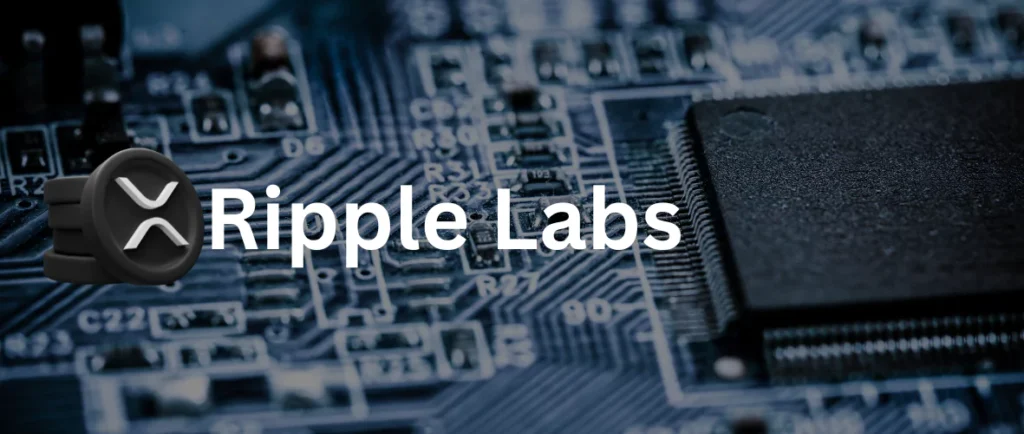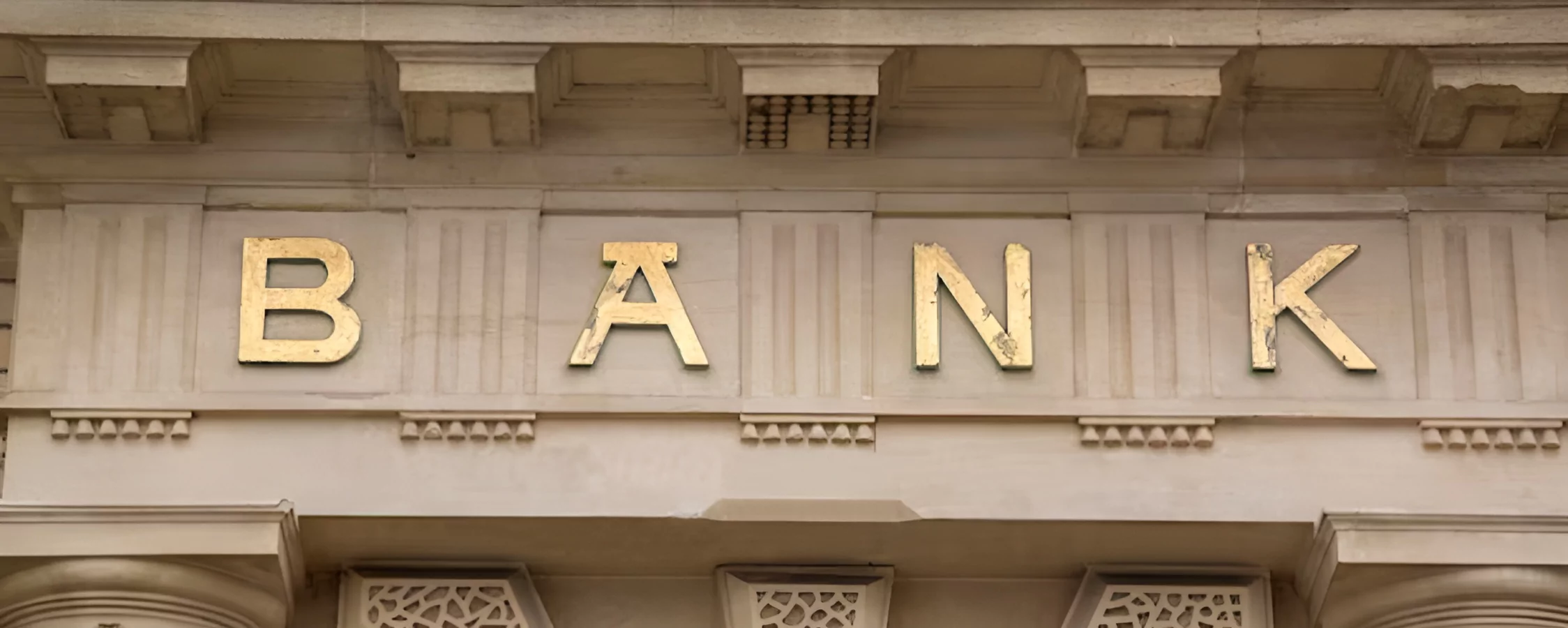The Ripple network and XRP digital asset are major forces in cryptocurrency and blockchain technology today. However, Ripple was created over a decade ago, involving extensive research and development to solve problems within traditional financial systems.
This article explores Ripple’s creation history in detail, outlining the vision held by its founders and early contributors. By examining Ripple’s conceptual beginnings and technological evolution over time, we gain insights into what drives its current adoption and future potential impact. The goal is to contextualize Ripple’s origins to better appreciate its innovative solutions emerging from ideas implemented years ago.
Early Development Work in Cryptocurrency
The core technology of Ripple was created in 2004 by developer Ryan Fugger as part of his efforts to explore digital currencies and their capacity to resolve inefficiencies within mainstream finance. His “RipplePay” system aimed to establish consensus without mined blocks, foreshadowing directed acyclic graph architectures. In 2005 it was acquired by developer Jed McCaleb who renamed it “RipplePay Protocol.” This laid the foundations for distributed exchange networks transacting directly without centralized clearinghouses underpinning later ventures. McCaleb drove early development through open-source code repositories shared online enabling peers to collaborate on blueprints.
Formalizing the Vision and Founding Ripple Labs

Recognizing that next-generation protocols could address inefficiencies in the capital markets, McCaleb joined forces with computer scientist Arthur Britto and banking expert David Schwartz to formally establish “Ripple Labs” in September 2012. Their goal was to establish an Internet of Value that would allow any sender and recipient to immediately and seamlessly exchange values globally using open-source, decentralized technologies. 2013 saw the debut of Ripple’s open payment protocol, which allowed for cross-currency transactions while testing out different consensus techniques. As early iteration topped 5 million transactions monthly, this set the ground for extending vision through blockchain’s ascent and igniting interest in cryptocurrencies once more.
How Ripple Created Technological Advancements
In 2014 and 2015, Ripple Labs kept working on the technologies that support the current global payments network, which was originally disclosed. This included the invention of distributed ledger databases, consensus techniques, cryptocurrency assets, and the launching of products like currency exchanges and the Interledger Protocol, which enables interoperability across several systems. While expanding blockchain experiments across several industries, the XRP digital asset developed as a native bridge currency settling on-demand liquidity across divergent markets and filling infrastructure gaps. Enterprise-grade software packages also made their debut as increased community interest propelled higher standards past theoretical hyperbole and into useful application layers.
Early Phase Network Launches and Development
By 2016 nodes validating transactions across open networks bolstered decentralization while the XRP Ledger formally transitioned from company-run testnet onto self-validating mainnet. This marked the core business model and governance model transitioning from centralized to open participation. Global development events spread inclusive participation driving innovative incubation, while investment rounds grew the company’s reach. Enhancing xRapid payment product plus protocols for interbank messaging and smart contracts laid the foundations for key partnerships with enterprises driving volume then and hence, cementing Ripple’s trajectory as among the earliest adopters resolving payment frictions through crypto technologies.
Recent Progress and Development Continues

After more than ten years of conception, Ripple has established itself as a pioneer in the safe, open-finance industry-wide exchange of liquidity through blockchain technology. The enterprise and startup communities created around Ripple’s open-source technologies have increased uptake, from low transaction speeds and fees to institutional investment encouraging adoption across central infrastructure and banking institutions piloting xRapid. The clarity in the regulations progressively increases trust in subsequent scaling. While technological advancements give rise to companies that reimagine financial services, Ripple’s modest, research-driven beginnings provide witness to the gradual development necessary to bring innovative concepts into line with mainstream realities.
Conclusion | When Was Ripple Created?
When revisiting Ripple’s origin story, important insights revolve around the determination demonstrated by its pioneers and early partners in continuously improving inventive solutions. More than ten years ago, Ripple used new distributed networks to overcome perceived inefficiencies. Today, it is advancing real-world financial inclusion globally through open participation and standards.
Its development serves as an example of how well-thought-out concepts that combine collaborative management with technical and financial advantages may triumph over doubters and become globally regarded solutions. By maintaining community values that drive continuous research and conscientiously expanding worldwide, Ripple is well-positioned to positively influence mainstream finance’s digital transformation path for a very long time.













